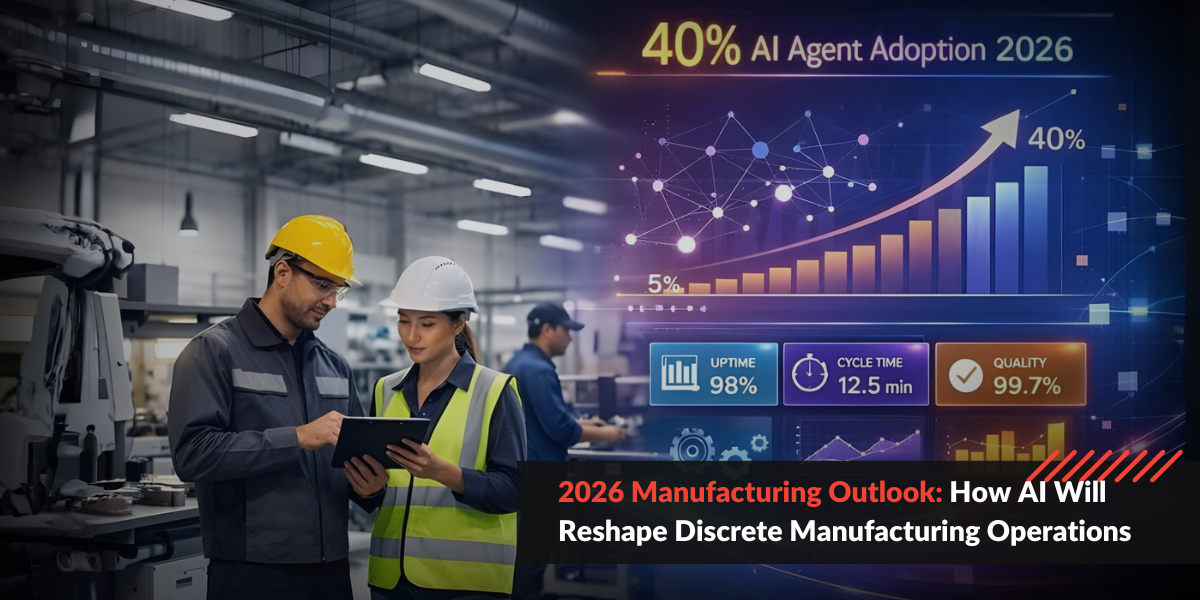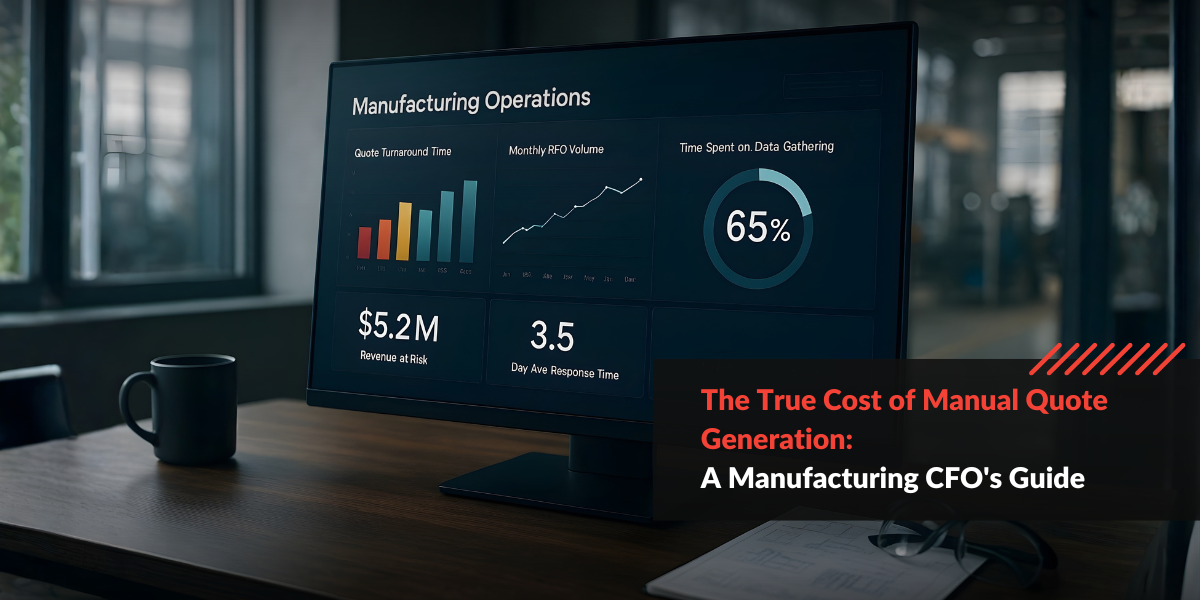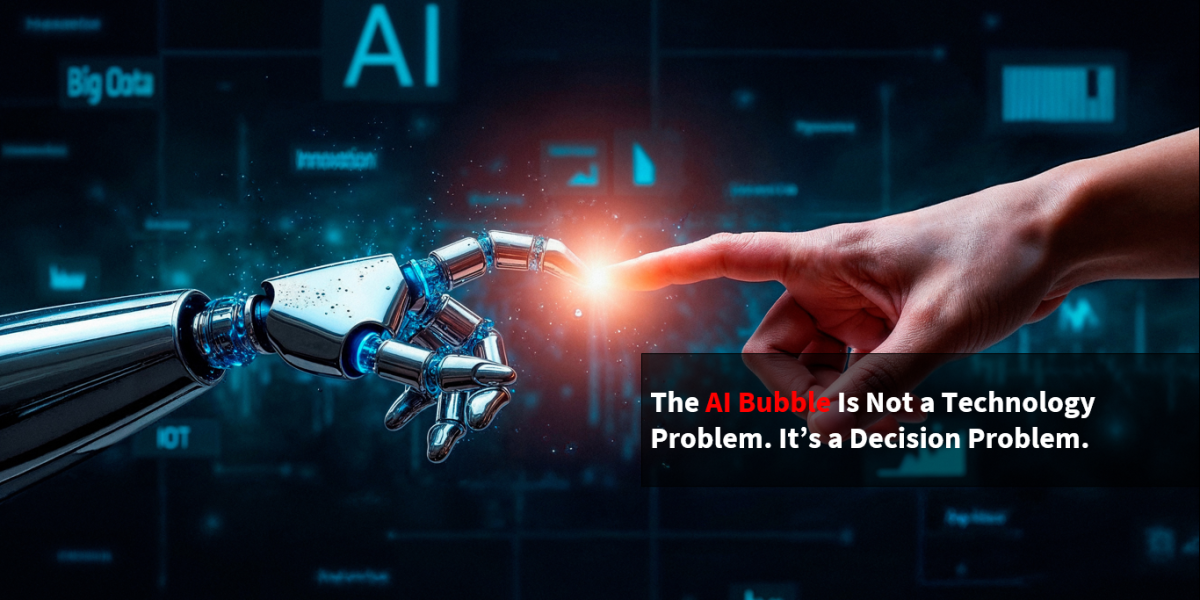Imagine a workplace where employees are as enthusiastic about meeting their targets as they are about leveling up in their favorite video game. This isn’t just a fantasy; it’s becoming a reality through the gamification of work environments, powered by AI automation. Gamification, the process of incorporating game-like elements into non-game contexts, is revolutionizing how we engage with our jobs. When combined with AI, it can transform mundane tasks into motivating challenges, boosting both productivity and job satisfaction.
In this blog, we’ll explore how gamifying work with AI can create engaging and productive environments. We’ll delve into the benefits, strategies, real-world examples, and future trends of this exciting fusion.
Understanding Gamification and AI Automation
What is Gamification?
Gamification involves integrating game design elements into everyday activities to make them more engaging and enjoyable. Think about fitness apps that reward you with badges for reaching milestones or language learning apps that let you compete with friends. The core principles include points, leaderboards, challenges, and rewards—all designed to motivate and engage users.
Role of AI in Gamification
AI takes gamification to the next level by personalizing experiences and providing real-time feedback. AI can analyze an individual’s performance and tailor challenges to their skill level, ensuring a perfect balance between difficulty and reward. AI tools like chatbots, predictive analytics, and machine learning algorithms play crucial roles in creating these dynamic, engaging environments.
Benefits of Gamifying Work Environments
Increased Engagement
Gamification taps into our natural desires for competition, achievement, and recognition. When employees are engaged, they are more likely to be productive and satisfied with their work. For instance, companies like Salesforce have used gamification to significantly boost engagement. Sales teams participate in friendly competitions to meet their targets, earning badges and rewards along the way. This not only makes the work more fun but also fosters a sense of camaraderie and teamwork.
Boosted Productivity
Gamification can transform routine tasks into compelling activities, making employees more eager to complete them. Metrics from various case studies reveal impressive productivity boosts. For example, Deloitte reported a 37% increase in user engagement in their leadership training programs after implementing gamified elements. The interactive, game-like environment encourages continuous participation and effort.
Enhanced Learning and Development
Training and development programs benefit immensely from gamification. Traditional training methods can be dry and uninspiring, but gamified training makes learning interactive and enjoyable. AI-driven personalized learning paths adapt to each employee’s progress and learning style, ensuring efficient and effective knowledge acquisition. Companies like PwC have successfully used gamified training modules to improve employee skills and retention rates.
Strategies for Implementing Gamification with AI
Setting Clear Objectives
The first step in implementing gamification is defining clear, achievable objectives aligned with your business goals. Whether you aim to improve productivity, enhance learning, or boost engagement, having a clear purpose will guide your gamification strategy. For example, if the goal is to increase sales, the gamified system might include targets for calls made, meetings scheduled, and deals closed, with corresponding rewards for each milestone.
Choosing the Right Tools
Selecting the right AI-driven gamification tools is crucial. Platforms like Bunchball and Badgeville offer comprehensive solutions for integrating game mechanics into work processes. When choosing tools, consider your company’s specific needs, the scalability of the solution, and ease of integration with existing systems.
Designing the Gamified Experience
A successful gamified environment includes various elements: points, badges, leaderboards, and challenges. Incorporate feedback loops to provide real-time performance insights. For instance, a customer service department might implement a points system where employees earn points for resolving tickets quickly and efficiently, with leaderboards displaying top performers. The system should offer both individual and team challenges to promote healthy competition and collaboration.
Monitoring and Iterating
Continuous improvement is key. Use AI to monitor progress and gather data on what’s working and what isn’t. Employee feedback is invaluable—regularly solicit input and be prepared to make adjustments. AI can help identify patterns and suggest tweaks to keep the system effective and engaging.
Real-World Examples and Case Studies
Corporate Success Stories
Many companies have successfully embraced gamification. Microsoft’s Language Quality Game, for instance, turned language error identification into a competitive activity, resulting in faster and more accurate translations. Similarly, Google’s travel expense system gamifies cost-saving efforts by rewarding employees who spend less than their budget.
Innovative Applications
Gamification isn’t limited to tech giants. Healthcare companies use gamification to encourage healthy behaviors among employees, while educational institutions employ gamified learning platforms to engage students. These examples highlight the versatility and broad applicability of gamification across industries.
Challenges and Considerations
Potential Pitfalls
While gamification offers numerous benefits, it’s not without challenges. Poorly designed systems can feel forced or patronizing, leading to disengagement. It’s essential to strike the right balance between fun and work. Avoid overcomplicating the system with too many rules or rewards that feel meaningless.
Ethical Considerations
Ensuring fairness and inclusivity is critical. Gamification should not create undue pressure or stress. It’s also important to consider the diversity of your workforce and design systems that are accessible and engaging for everyone. Transparency in how rewards are earned and distributed is essential to maintain trust and motivation.
The Future of Gamified Work with AI
Emerging Trends
The future of gamification looks promising with continuous advancements in AI. Predictive analytics will make gamification even more personalized and effective, while virtual reality (VR) and augmented reality (AR) will offer immersive gamified experiences. These technologies can simulate real-world scenarios for training and development, making learning more engaging and practical.
Long-Term Impact
As gamified work environments evolve, they will likely have a profound impact on workplace culture. Companies that successfully integrate gamification and AI will not only see improved performance but also higher employee satisfaction and retention. The emphasis on continuous feedback and development fosters a growth mindset, essential for adapting to future challenges.
Gamifying work through AI automation is not just a trend; it’s a transformative approach to creating more engaging and productive workplaces. By setting clear objectives, choosing the right tools, and designing thoughtful gamified experiences, companies can harness the power of AI to motivate employees, boost productivity, and enhance learning and development.
Ready to bring gamification to your workplace? Start by exploring the tools and strategies mentioned in this blog, and take the first step towards a more dynamic and rewarding work environment.




